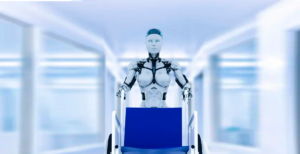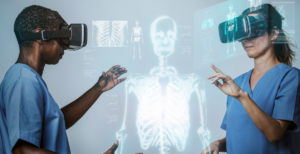Interdisciplinary advances transforming healthcare and quality of life.
In an increasingly interconnected world, the ability to move is essential for quality of life. From those facing physical challenges due to injuries or medical conditions to elite athletes seeking to optimize performance, mobility is a universal concern. In response to this need, bioengineering and rehabilitation have emerged as interdisciplinary fields that combine cutting-edge technology with fundamental principles of human biology. This article explores how this fusion of disciplines redefines how we understand and address human mobility.
Bioengineering and rehabilitation have long been areas of research and development in universities worldwide and cutting-edge medical centers. From mind-controlled exoskeletons to artificial intelligence-powered prosthetics, technological advancements enable new ways to restore and enhance mobility.
A notable example is the development of brain-computer interfaces (BCIs), which allow individuals to control external devices with their thoughts. Researchers at institutions such as the Massachusetts Institute of Technology (MIT) and Stanford University have been working on BCI interfaces to improve the mobility of people with paralysis or amputations. These devices are revolutionizing rehabilitation by providing patients with greater independence and functionality.
In addition to device innovations, bioengineering plays a crucial role in regenerative medicine. For example, researchers at the University of Pittsburgh’s Center for Regenerative Medicine use stem cells and biological scaffolds to regenerate damaged tissues such as cartilage and bone. These promising approaches have the potential to offer lasting solutions for musculoskeletal injuries that were once considered irreparable.
The collaboration between engineers, scientists, and healthcare professionals in bioengineering and rehabilitation generates exciting advances that are changing lives worldwide.
The integration of technology and biology is opening new frontiers in the field of rehabilitation and human mobility. From mind-controlled devices to regenerative therapies, advancements offer hope and possibilities to those facing physical challenges. As we continue to explore the possibilities of bioengineering, it is crucial to foster collaboration between disciplines and support innovative research that has the potential to transform lives. Mobility is fundamental to the human experience, and thanks to the convergence of technology and biology, we are moving towards a future where physical limitation no longer defines our lives.





